Fly me to the moon!
Let me play among the stars…

In the night of June 20 to 21, 1969, my father woke me and my sister up in the middle of the night. This was in Holland, were nothing much exciting ever happened. We wondered what it was about as we were shepherded into my parents’ bedroom, the only place in the house that had a television. Grainy images and crackling noises came out of the black and white Philips TV set, you know the one, with a V-shaped antenna on top. My father pointed to the screen and said: “they have just set foot on the moon…”.

It was impossible to fully understand what was happening in that moment but all I thought about was Jules Verne’s wonderful book “From the Earth to the Moon” that I had devoured. I was 9 years old. I understood the book was science fiction and written a century earlier but it was so credible that it did not surprise me that it became reality on that day.
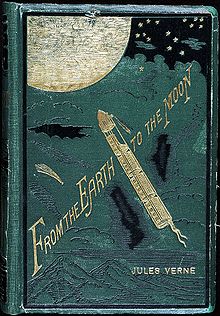
Now every other billionaire dabbles in space exploration but then it was the domain of powerful nations, super human effort and unmeasurable amounts of money. Shocked into the Space Race by the Soviet Union in the early 1960’s, the USA vowed to put-a-man-on-the-moon before the end of the decade. And so they did.

The moon has always played an important role in my life and imagination. On the great plains of Africa around the Equator, the moon is enormous and luminous, shining so much light that you can read a book in the middle of the night.

Back to that night of June 20, 1969. It was the beginning on an era of thrilling sentences: “The Eagle has landed”, “That’s one small step for man, one giant leap for mankind.” Or later during the Apollo 13 mission: “Houston, we have a problem” (in fact it is “Houston we have had a problem”). I use the latter ALL THE TIME in the present tense! The poise, the concentration and nerves that were needed at the Mission Control Center in Houston during the Apollo 13 Mission was epic. You wonder about a Mission with “13” as its number…

As a child I would lay awake at night agonizing about the expanding universe and eternity, feeling extremely little and unimportant. But the image of EARTHRISE viewed from the Apollo 11 lunar orbit prior to landing was strangely comforting and as close as I will ever get to a feeling of the divine.

Fly me to the Moon had become a reality in the 1960’s and Frank’s smooth voice is here for eternity to remind us, the ultimate version sung by Sinatra was arranged by Quincy Jones for Count Basie. A cassette (!) recording of relevant songs to accompany a flight to the Moon was played during the Apollo 10 Mission, besides “Going Back to Houston” and “Moonlight Serenade”, “Fly me to the Moon” was the first song ever played in outer space. Talk about cool, from the coolest singer of all times.
The moon was now a physical part of the human world…

 Panels of the “Visions of the Hereafter” by Hieronymus Bosch, ca. 1505-1515
Panels of the “Visions of the Hereafter” by Hieronymus Bosch, ca. 1505-1515 Portraits of Elisabeth Lederer, Adele Bloch-Bauer and
Portraits of Elisabeth Lederer, Adele Bloch-Bauer and 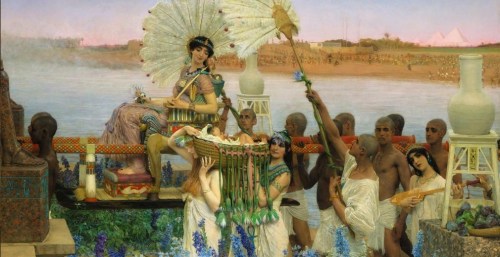 “The Finding of Moses”, 1904 – Sir Lawrence Alma-Tadema
“The Finding of Moses”, 1904 – Sir Lawrence Alma-Tadema left: Alma-Tadema “Venus Esquilina”, 1877 – right: Klimt “Roman Women’s Bath” 1890
left: Alma-Tadema “Venus Esquilina”, 1877 – right: Klimt “Roman Women’s Bath” 1890
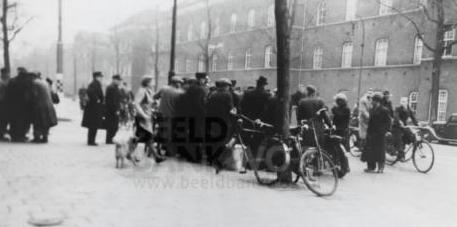
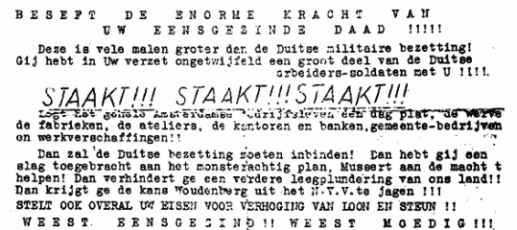

 Portrait of Marie de’ Medici (1573-1642)
Portrait of Marie de’ Medici (1573-1642) Portrait of Ludovico Capponi (1551)
Portrait of Ludovico Capponi (1551) Portrait of Eleonora of Toledo with her son Giovanni (1544-45)
Portrait of Eleonora of Toledo with her son Giovanni (1544-45) Portrait of Lucrezia di Cosimo de’ Medici (1560)
Portrait of Lucrezia di Cosimo de’ Medici (1560)
 Portrait of Lucrezia Panciatichi (1545)
Portrait of Lucrezia Panciatichi (1545)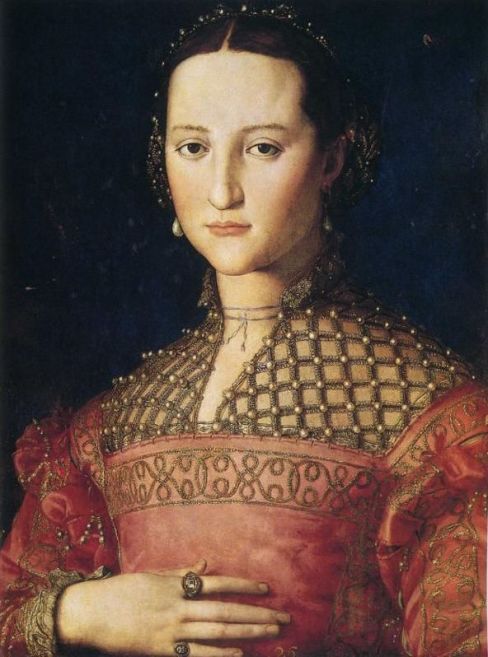 Portrait of Eleonora of Toledo as a Young Woman (1539)
Portrait of Eleonora of Toledo as a Young Woman (1539)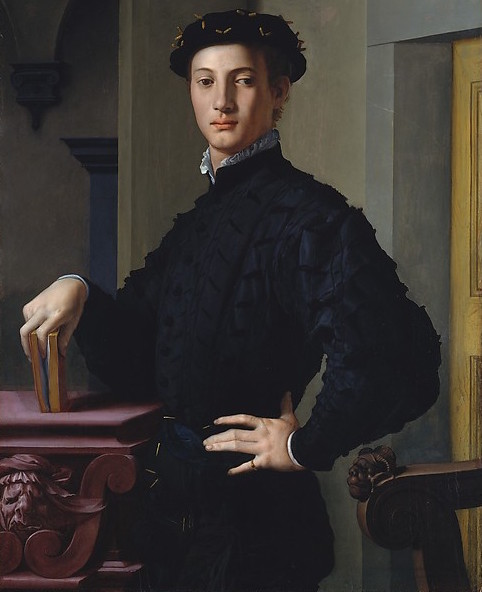 Portrait of a Young Man with a Book (1530–39)
Portrait of a Young Man with a Book (1530–39)



